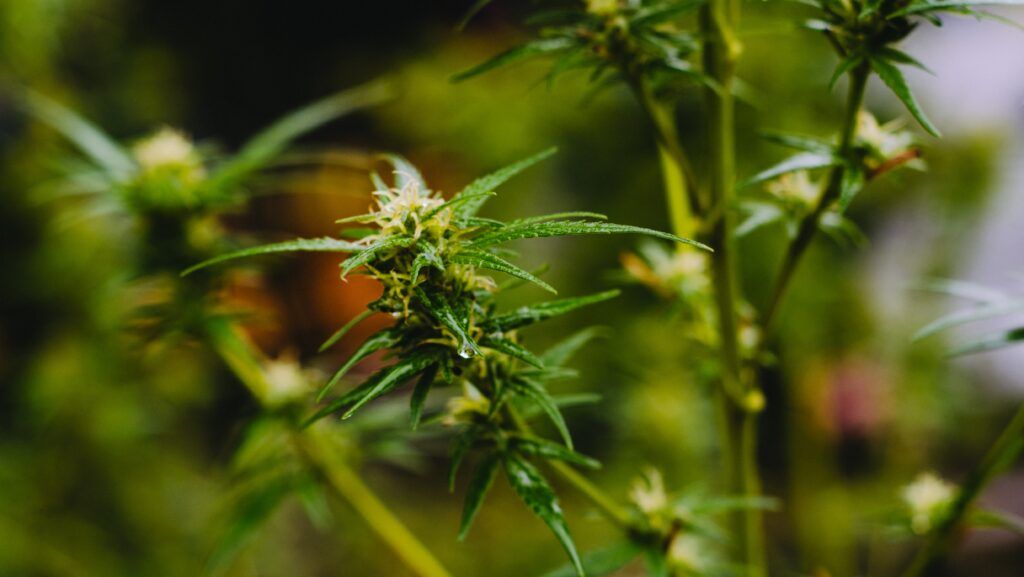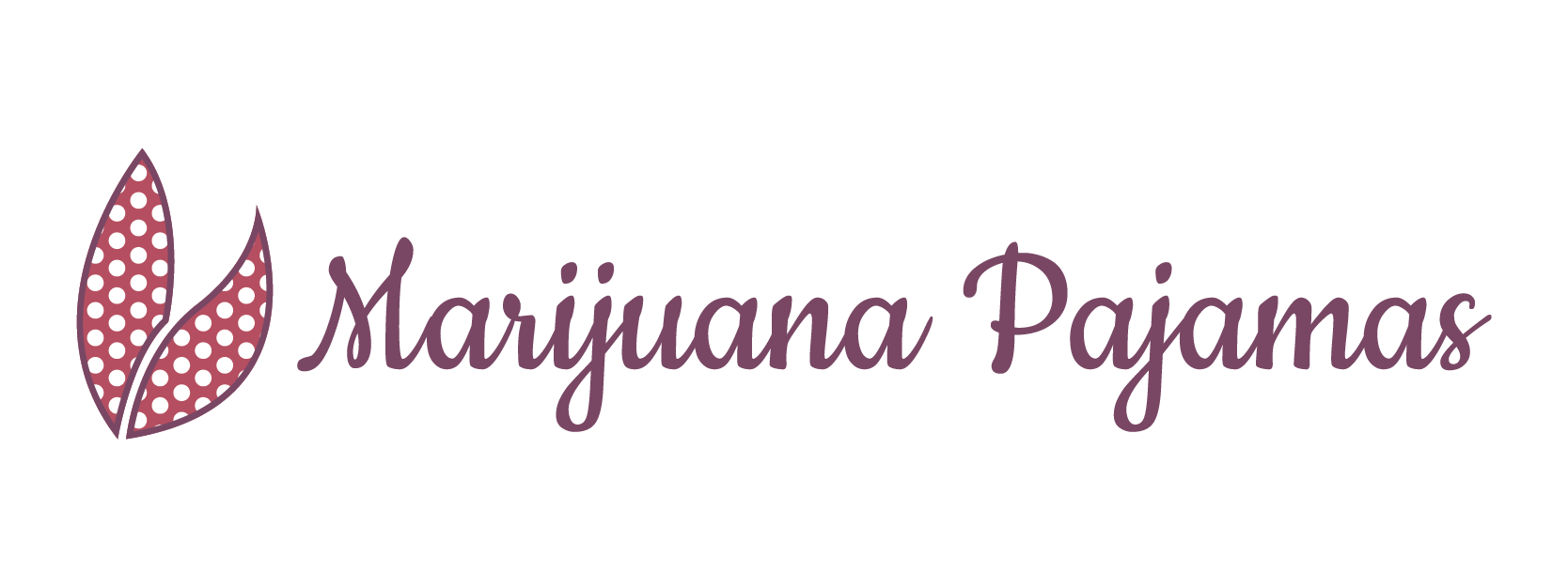Market Analysis of Hemp in the Apparel Industry

The hemp-based textiles market is experiencing notable growth, driven by increasing consumer awareness and demand for sustainable and eco-friendly products. As of 2024, the market size for hemp apparel is estimated to be worth billions, with a projected annual growth rate of over 20% for the next five years. Major players in this industry include Patagonia, Valani, and tentree, who are capitalizing on the environmental benefits and durability of hemp fabrics. These companies are leading the charge in integrating hemp into their product lines, ranging from casual wear to specialized items like sleepwear and pajamas.
Consumer interest in hemp apparel is primarily driven by the material’s sustainability and health benefits. Hemp cultivation requires significantly less water than cotton and does not rely on harmful pesticides, making it an attractive option for eco-conscious shoppers. Additionally, the incorporation of CBD into textiles has gained traction, offering potential health benefits such as reduced inflammation and improved sleep quality. This dual appeal of environmental responsibility and wellness enhancement makes hemp apparel particularly popular among millennials and Generation Z consumers, who prioritize ethical consumption.
Despite its benefits, the widespread adoption of hemp textiles faces several barriers. One of the main challenges is the higher cost of hemp apparel compared to traditional fabrics. This price disparity is due to the limited scale of hemp production and the higher costs associated with processing and manufacturing. Equally, there is a lack of consumer awareness and misconceptions about hemp being associated solely with cannabis and recreational use, which can deter potential buyers. Retailers and manufacturers need to invest in education and marketing to overcome these hurdles and highlight the unique advantages of hemp textiles.
The retail landscape for hemp apparel continues to grow, with both online and brick-and-mortar stores expanding their offerings. E-commerce platforms have become pivotal in reaching a broader audience, attracting consumer searches for sustainable and CBD-infused apparel, which is crucial for driving online traffic and increasing visibility.
The market for hemp textiles in the apparel industry is poised for substantial growth, driven by the increasing demand for sustainable and health-conscious products. Major players are innovating and expanding their hemp-based offerings, though challenges such as higher costs and consumer misconceptions persist. With attention to education and strategic marketing, the hemp apparel market can continue to thrive and attract a broader consumer base.
